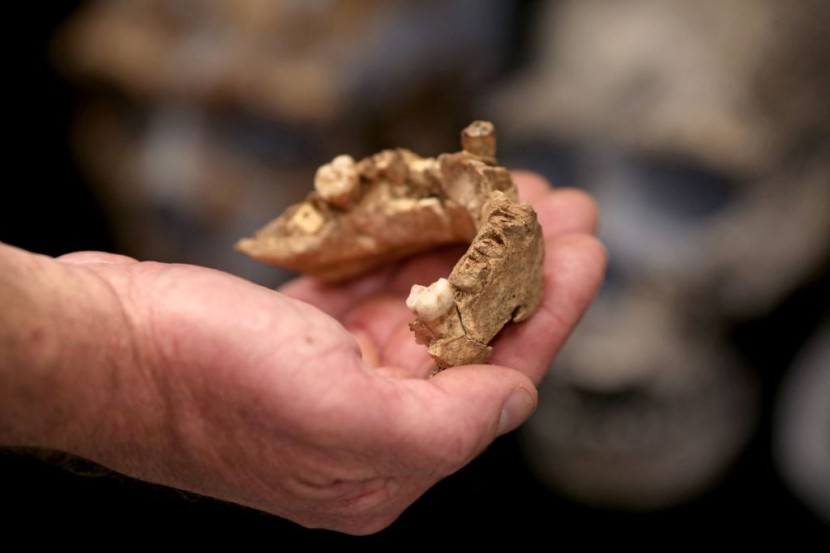
Scientists say a jawbone discovered in Sulawesi dated to 25,000 years ago should show how humans spread out in this period. Not much is known about this ancient forbear, but finding a remnant might highlight directions to take from here.
From the earliest beginnings to homo-sapiens, human history has lots of gaps needed to be filled in. Fossil evidence that survives is crucial to plug the gaps and show a precise picture from ascendant to descendant.
Fossil jaw bone found in Sunda from 25,000 years ago
One of the hopes in analyzing the jaw bone is that it will give clues of migrating ancient-pre humans from Asia to Australia, reported the Daily Mail.
The fossil remnant was discovered in Sulawesi, Indonesia. Analysis of the bone revealed it was from an older person whose age and sex are indeterminable. It had small teeth as well, noticed the scientist.
It is the only fossil jaw bone to be found to be dated from the Pleistocene era, found explicitly in Sulawesi. The island located in southeast Asia is considered the eleventh biggest in the world. This part of the Asia transition zone is Wallacea, cited by The Conversation, precisely the in-between the Southeastern edge of Sunda or the Asian continental shelf.
Sunda is also part of the ancient supercontinent of Sahul. The supercontinent arose from the ocean floor when oceans from in the last Ice Age exposed a strip of a landmass that became a low sea strait.
This exposed strait became a land bridge from Australia to New Guinea, allowing human ancestors' migration and fauna in the Pleistocene period. This jawbone discovered in Sulawesi is part Wallacea.
Sulawesi is one of the so-called Wallace Islands, which according to researchers, is a crucial kick-off point to analyze how the first humans came and moved back and forth in these ancient islands.
According to scientists from Griffith, Australian National, and Queensland Universities, this area is of utmost relevance to ancient humans. This area is where examples of ultra-archaic rock art have been preserved over time. One catch is that little is known of human ancestors who were hunter-gatherers in the latter part of the Pleistocene.
Ancient species of prehumans lived in the Wallacea islands
Such a jawbone is a fossil that might lead to who owns it and know these archaic foragers, seen on the specimen abnormal tooth wear and oral pathology that shows how it added to the rainforest. Sign of poor dental health and toothlessness but with only molars.
These remains were discovered in Leang Bulu Bettue cave. Scientists remark that the owner of the jaw was one of the people who created the rock art found there too.
One implication is that early pre-modern humans lived in the Wallacea islands, which had more than one ancient species of prehumans.
It might be that initial modern humans and Denisovans expanded their population in these islands. Some examples are Aborigines and Papua New Guineans like today.
One guess is that Wallacea was migrated 65,000 years back when the land bridges allowed access from Eurasia to Oceania. Wallace isle was a path crossed to reach Oceania about 50,000 years later.
There are many theories on how the land bridges and other factors to migration and increase of populations occurred, even a theory that Australo-Melanesians gave rise to Aborigines and Papuans.
A jawbone discovered in Sulawesi might hold clues to look into this study published in the journal PLOS ONE.
Related Article: Denisovan Children Left Hand and Footprints on Limestone During the Neolithic Period, Created Oldest Graffiti in Prehistoric Art








